Everyone knows about the main lost cities in the world; their ancient ruins spring to mind immediately when you hear names like “Pompeii,” “Machu Picchu,” and “Angkor Wat.” They’re tourist destinations and important archaeological sites; you’ve probably seen dozens of pictures of them. But there are, of course, many, many more “lost cities” all over the world. These stony relics of times past can date back thousands of years and are stunning in not only their good condition but in the way that they resemble modern cities so closely. Here are 28 of the cities you’ve probably never heard of.
01. Carthage
Carthage, located in what is now Tunisia, was founded by Phoenicians in the first millennium BCE. It quickly rose to power thanks to its coastal location, but soon, it found itself fending off the Romans. Carthage finally fell when Rome burned the city and massacred and enslaved its citizens. The Romans would rebuild, though, and Carthage would become a significant Roman city. It came under Muslim rule in 698 CE.
02. Ciudad Perdida
Its current name translates to “Lost City,” but this mysterious ruin in Colombia’s Sierra Nevada is also known as Teyuna and Buritaca. Founded in 800 CE, it predates the Inca city of Machu Picchu by about 650 years. It would not be rediscovered, though, until 1972. It seems to have been the central city in a network of villages built by the native Tairona people. The city features terraces, a lattice of roads, and circular plazas. It might have been home to up to 8,000 people.
03. Troy
You probably know about Troy from the Iliad, but the doomed city was an authentic place. It is located in the northwest corner of what is now Turkey. The city contains many archaeological layers that show us many different cultures that lived here, and the Trojan War is said to have taken place in Troy in the mid-to late-13th century BCE.
04. Machu Picchu
Machu Picchu is an Incan citadel set high in the Andes Mountains in Peru, above the Urubamba River valley. Built-in the 15th century and later abandoned, it’s renowned for its sophisticated dry-stone walls that fuse huge blocks without mortar, intriguing buildings that play on astronomical alignments, and panoramic views. Its exact former use remains a mystery.
05. Memphis
No, not the one in Tennessee! This Memphis was the first capital of Egypt and remained an important city for thousands of years. Legend says that King Menes built the city by rerouting the Nile, and its founding is dated by Herodotus as 3100 BCE. It remained a powerful city even after the Egyptian capital was moved to Thebes. Eventually, Alexandria became the favorite city in Greek and Roman times, and Memphis declined.
06. Caral
In this photo, the city of Caral looks like nothing more than a continuation of the arid Peruvian landscape. But this remains one of the largest cities of the Norte Chico people. It’s considered one of the oldest urban centers in the Americas, dating from 2600 to 2000 BCE. It may have been home to 3,000 people.
07. Babylon
Another ancient city that seems more like fantasy, Babylon was quite a real place, too. A significant city in ancient Mesopotamia, it was built along the Euphrates River in what is now Iraq. It was considered the holy city of the Akkadian Empire and had the possible distinction of being the first ancient city with a population of over 200,000. It was founded in 2300 BCE and would remain a notable place throughout history, known for its luxury, bright colors, and legendary Hanging Gardens. Perhaps ironically, the photo of Babylon’s ruins (behind the first row of palms) was taken from Saddam Hussein’s summer palace.
08. Taxila
Taxila, located in northwestern Pakistan, has undergone many cultural changes. An ancient city, its first recorded conquest was by the Persian king Darius the Great in 518 BCE. About 200 years later, it became a Hellenistic Greek city under another “the Great,” Alexander. It was conquered several more times until becoming a Buddhist center, and according to legend, it was also visited by the apostle Thomas in the first century CE. The city remained important because of nearby trade routes, but when they declined, so did the city. The Huns would eventually destroy Taxila in the fifth century. This stupa ruin includes Hindu, Buddhist, and Greek temple faces, reflecting the city’s mixed heritage.
09. Timgad
Emperor Trajan founded this Roman colony in Algeria in about 100 CE in honor of his parents and older sister. It’s in ruins now, but you can still see the grid planning that Romans used in their cities — and that is still used today. It remained peaceful for 400 years until being sacked by the Vandals and Berbers and was eventually conquered by the Arabs. The city was empty after that, slowly being swallowed by the sand until it was rediscovered in 1881.
10. Mohenjo-Daro
You might remember this city in the Indus Valley in Pakistan from history class as one of the world’s earliest urban centers. It was built in 2600 BCE and flourished for about 600 years before being abandoned, not to be uncovered until 1922. Many artifacts have been found here, as well as technological advances. Mohenjo-Daro, meaning “mound of the dead,” is a modern name; its real name might have been “Kukkutarma.”
11. Great Zimbabwe
The country of Zimbabwe is so named for complexes of stone ruins found throughout it, also called “Zimbabwe’s.” The largest is the Great Zimbabwe, built in the 1200s by the native Bantu. Construction continued for about 300 years, and the city peaked with a population of 18,000. Eventually, it declined, though, possibly due to famine, political instability, or water shortage.
12. Hatra
Hatra, in Iraq, was the capital of the first Arab Kingdom. Its thick, high walls helped it fend off even the Romans. It flourished as a center of trade and religion under the Parthians but was eventually destroyed by the Iranian Sassanid invasion. The city’s architecture reflects Greek, Roman, and Eastern influences. It is currently under threat of demolition by the Islamic State, who also destroyed the ancient city of Nimrud.
13. Sanchi
Sanchi was built over a thousand years, beginning in the third century BCE and culminating in the 1200s. It was abandoned in the 1300s as Buddhism declined in India and was overtaken by the jungle. In 1818, a British officer rediscovered it.
14. Hattusa
Hattusa became the capital of the Hittite Empire in what is now Turkey in the 17th century BCE. About six hundred years later, it collapsed, along with many other Bronze Age settlements in the Eastern Mediterranean regions. Based on archaeological evidence, the city was gradually abandoned as the Hittite Empire crumbled.
15. Chan Chan
Chan Chan is the largest pre-Columbian city in South America and is in Peru. It was built by the Chimu people in about 850 CE and remained populated until it was conquered by the Inca Empire in 1470. It’s estimated that the city could support about 30,000 people.
16. Sukhothai
“Sukhothai” comes from the Sanskrit for “dawn of happiness,” and this massive temple complex served as the capital of the Thai Empire for about 140 years. A modern city, New Sukhothai, is nearby, and the old city brings in many tourists. As of 2014, 193 temples have been excavated and partially reconstructed.
17. Mesa Verde
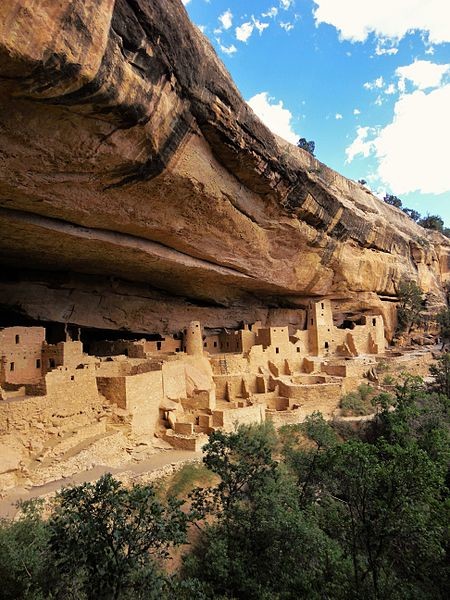 Wikimedia Commons / Rationalobserver
Wikimedia Commons / Rationalobserver
Mesa Verde in Colorado was home to generations of cliff-dwelling people known as the Anasazi. Over time, their building developed to the point where a single house might have 150 rooms. Besides their architecture, the Anasazi are also known for their mysterious disappearance by 1300, after a few hundred years of civilization.
18. Persepolis
The capital and cultural hub of the mighty Persian Empire, Persepolis, was massively wealthy and beautiful in its heyday. Little of that remains, though, as it was burned to the ground by Alexander the Great as revenge for the time the Persians burned the Acropolis of Athens. It remained the capital of Persia after that, under Alexandrian rule, but declined steadily over time.
19. Leptis Magna
A Roman trading city in Libya, Leptis Magna rose to power and became a central North African hub for about 760 years. Unlike Carthage, it allied itself with Rome and even hosted the Imperial family for a time. In 365 CE, the city was devastated by a tsunami and began to falter. It was invaded a few times, and the growth of the Sahara slowly buried the city in the sand. By the 900s, it was completely buried and forgotten until the 1930s. Mosaics were uncovered in 2005.
20. Kunya-Urgench
This ancient city in Turkmenistan was once the capital of Khwarezm, which was part of the Achaemenid Empire and was an important trading center from the 10th to 14th centuries. It even survived one of the bloodiest massacres in history, the 1221 invasion of Ghengis Khan and his forces. But Kunya-Urgench bounced back. However, when the nearby Amu-Darya River suddenly changed course, trade decreased, and the 1500s abandoned, the city. The modern city of Urgench is in Uzbekistan, just beyond the border.
21. Virupaksha
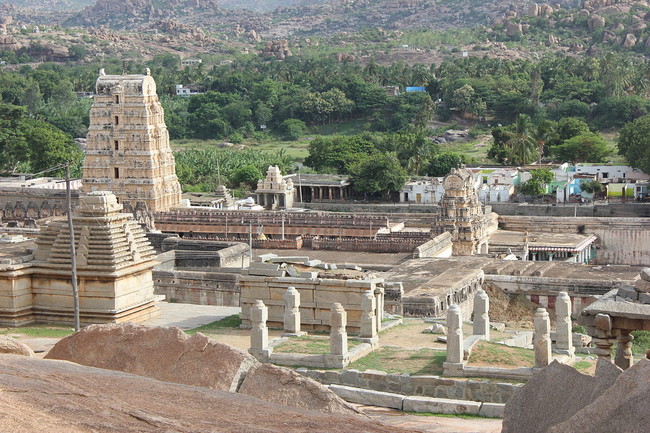 Wikimedia Commons / Dineshkannambadi
Wikimedia Commons / Dineshkannambadi
This used to be one of the largest cities in the world, with 500,000 people calling it home. During the height of the Vijayanagar Empire (the 14th through 16th centuries), this city flourished but often conflicted with the neighboring Muslim kingdoms. Eventually 1565, those kingdoms won out, and Virupaksha was captured, its temples destroyed, and its people massacred. The Vijayanagar Empire remained after the invasion, but this city was never populated again.
22. Calakmul
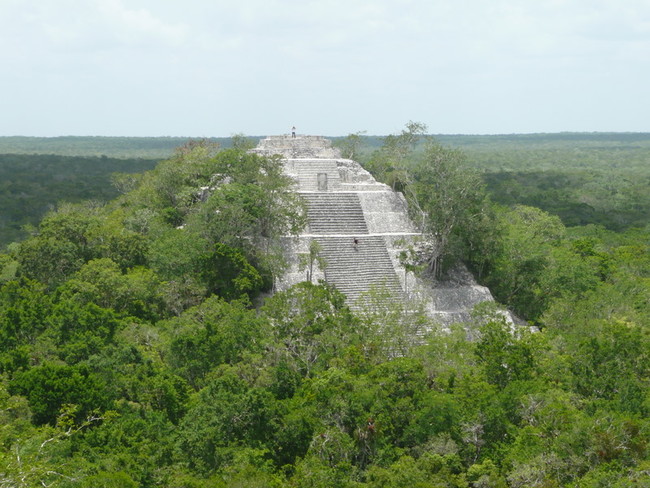 Wikimedia Commons / Pete Fordham
Wikimedia Commons / Pete Fordham
Tikal is the Mayan city that gets all the credit but maintains an intense rivalry with Calakmul. The struggle for power between the two cities is usually understood as a struggle between the two superpowers of the Mayan culture. From the 600s to the 700s, Calakmul triumphed, thanks to a network of allies, but Tikal rose again in a major battle in 695. But neither city could withstand the inevitable collapse of the Mayan culture, and both cities were eventually abandoned.
23. Palmyra
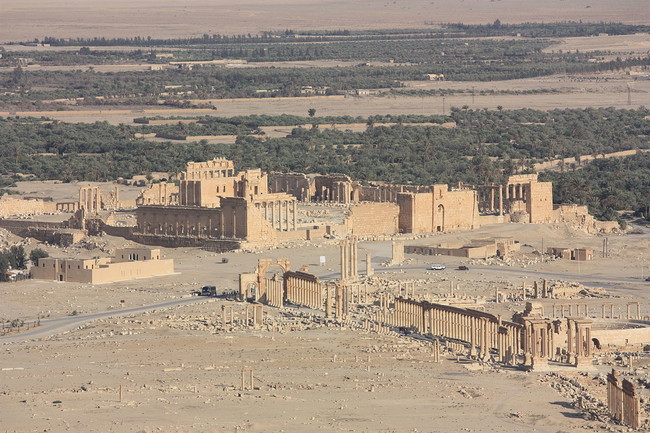 Wikimedia Commons / Arian Zwegers
Wikimedia Commons / Arian Zwegers
This Semitic city in present-day Syria got notable mentions in the annals of the Assyrians and possibly in the Torah and was known as a popular caravan stop. The city linked the Mediterranean with points east, including the Persian Empire. It declined after the Arab invasion of 634 and was reduced to a small town for centuries after. The ruins were rediscovered in 1600 by Western travelers.
24. Ctesiphon
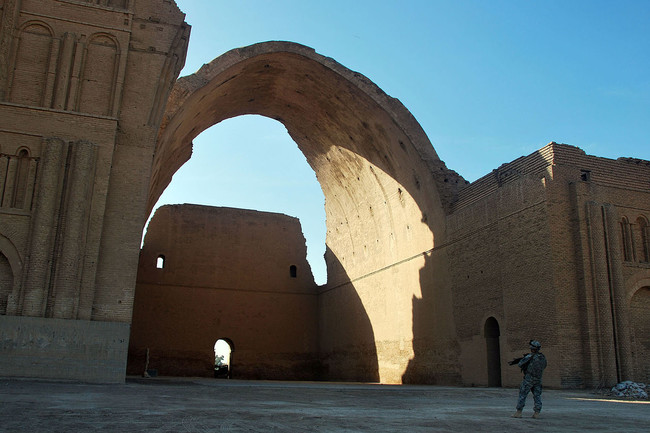 Wikimedia Commons / Rebecca Schwab
Wikimedia Commons / Rebecca Schwab
Ctesiphon served as the capital city for the Parthian and Sassanid Empires and is located on the Tigris River in Iraq. It was also the world’s largest city from 570 to 637 CE, and today, it’s only remaining structure is the massive arch of Taq Kasra, the largest unsupported arch in the world up until modern times.
25. Hvalsey
Not a “city” by many standards, but Hvalsey was the largest of three Viking settlements in Greenland, settled in about 985 CE. Hvalsey reached 4,000 inhabitants at its peak, but after one of the other settlements crumbled, things began to decline here. The last recorded event in Hvalsey comes from 1408 (a wedding), but Hvalsey lay silent after that: the bride and groom returned to Europe and settled in Iceland.
26. Ani
Ani rose to prominence in the 5th century CE and, by the 900s, was the capital of Armenia. Its nickname was the “City of 1,001 Churches,” what remains today shows an incredible variety of medieval architecture. It flourished up until the 1200s with a peak population of 200,000. But a combination of an earthquake, a Mongol invasion, and shifting trade routes caused it to diminish. The ruins are located in what is now Turkey.
27. Palenque
This Mayan city is smaller than Calakmul or Tikal but is home to some of the best examples of Mayan architecture and sculpture. Most cities were built between 600 and 800 CE, but this city, like the rest of the Maya, experienced a decline during the late 8th century. Farmers continued to live here even after the city faded, but they, too, ended up leaving.
28. Tiwanaku
Tiwanaku was the capital of a South American empire that lasted from about 300 to 1000 AD. It is located in Bolivia. It’s known for its startlingly precise architecture, stonework, and people’s penchant for human sacrifice. The Inca conquered it in about 1445.
29. Skara Brae
On Scotland’s largest Orkney Islands is the Neolithic settlement of Skara Brae. It predates both the Great Pyramids in Egypt and Stonehenge in England. It lay buried for thousands of years until a violent storm exposed the stone dwellings in 1850. Skara Brae was occupied from about 3180 to 2500 BCE, but increasingly cold weather caused the inhabitants to leave.
With all these places’ history, it’s hard not to be amazed or get philosophical. What will people be saying about your city a thousand years from now?
Like what you’re reading? Subscribe to our top stories.





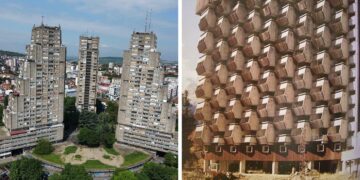


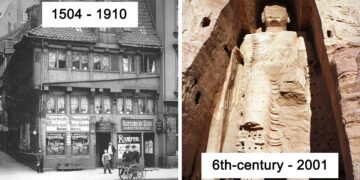












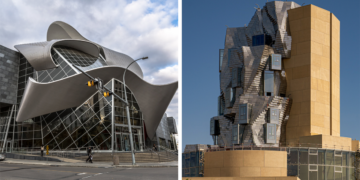
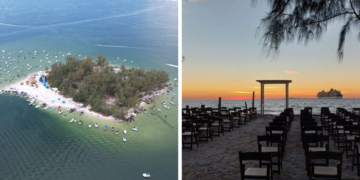
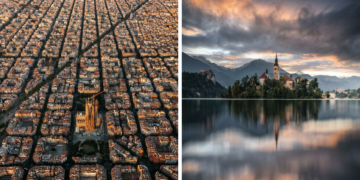



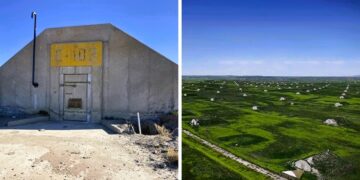







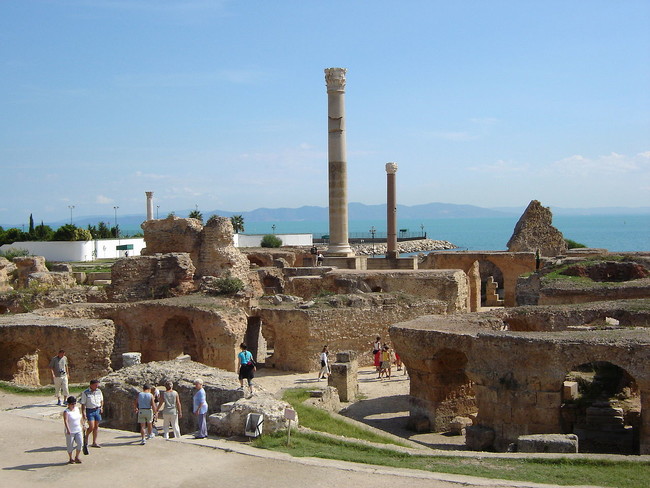
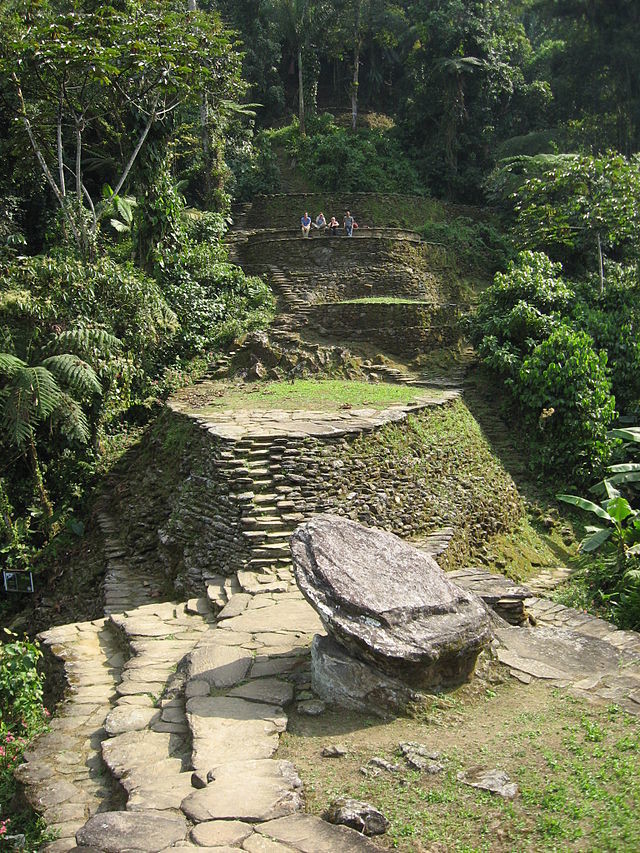
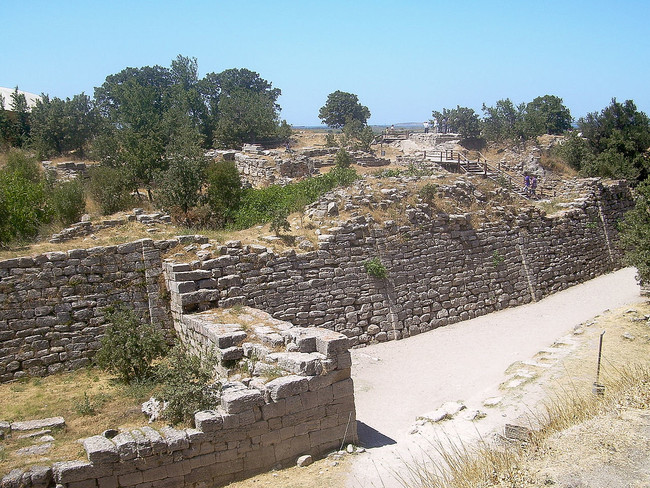
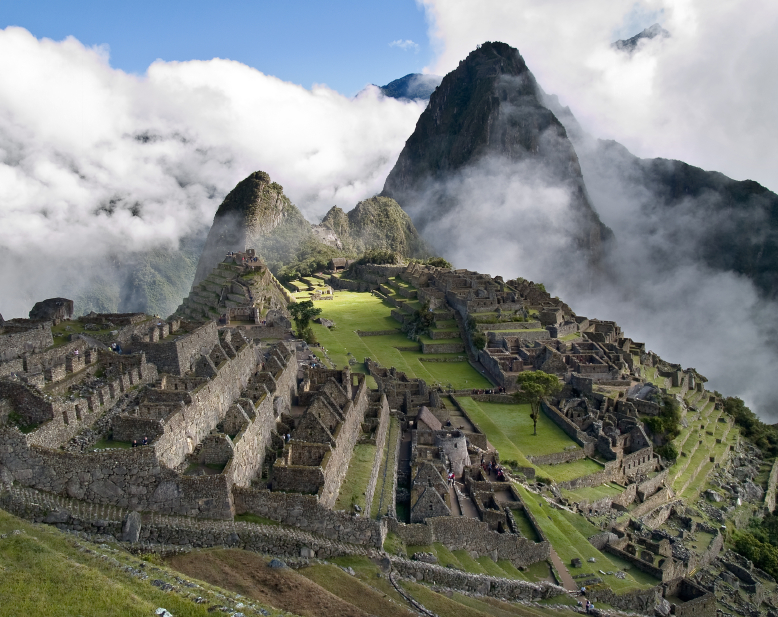

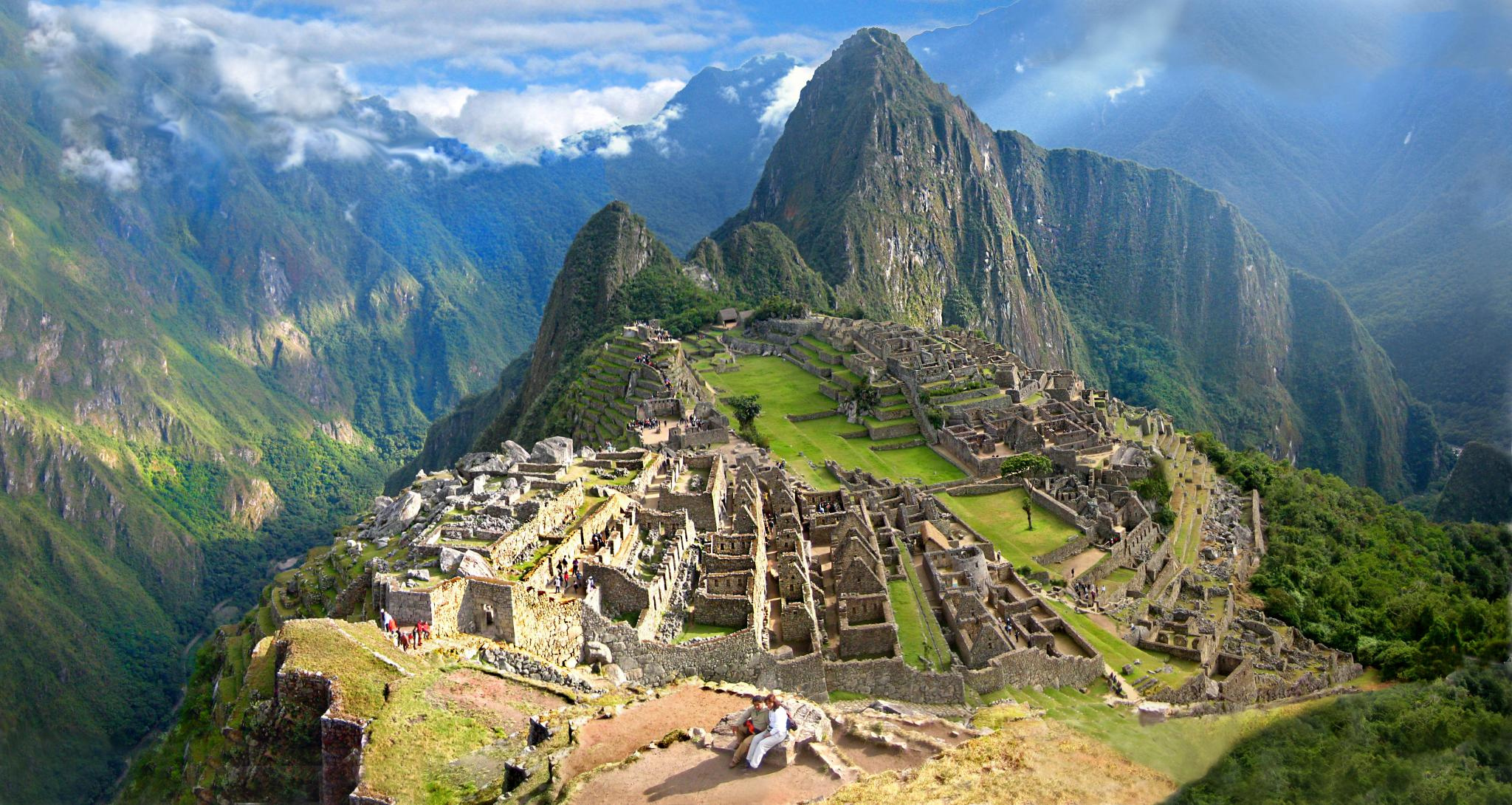
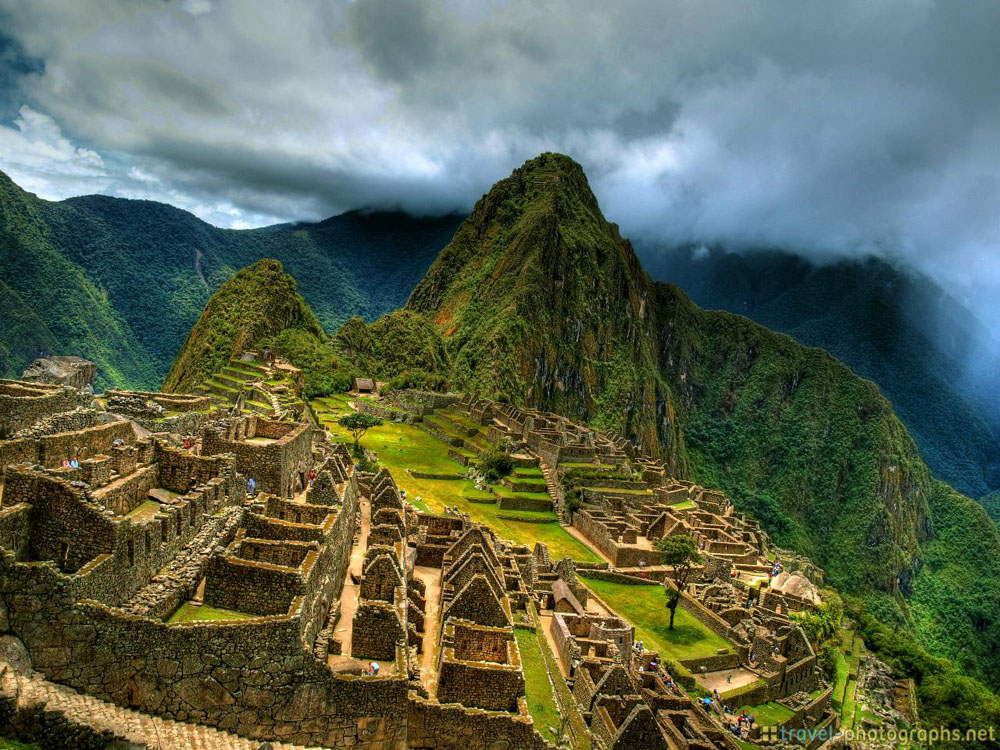
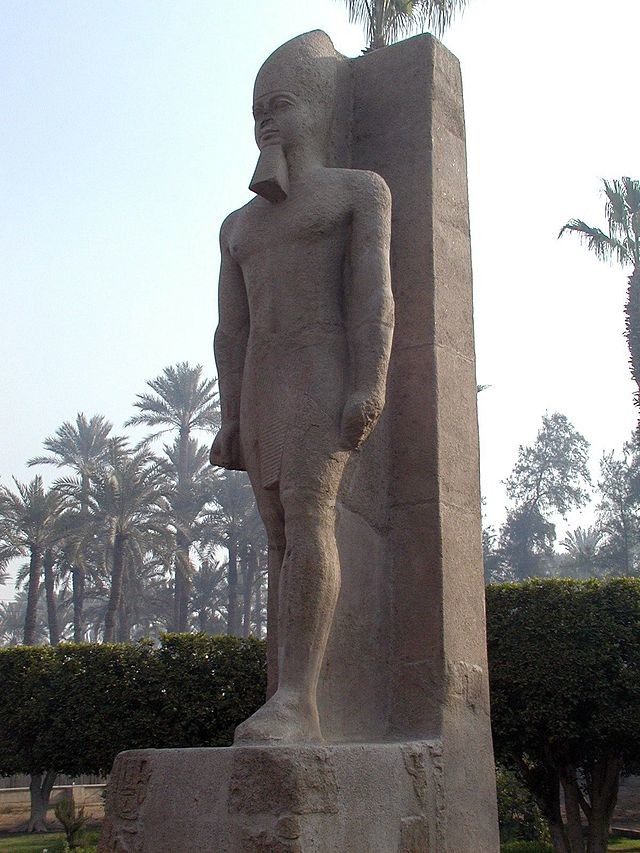
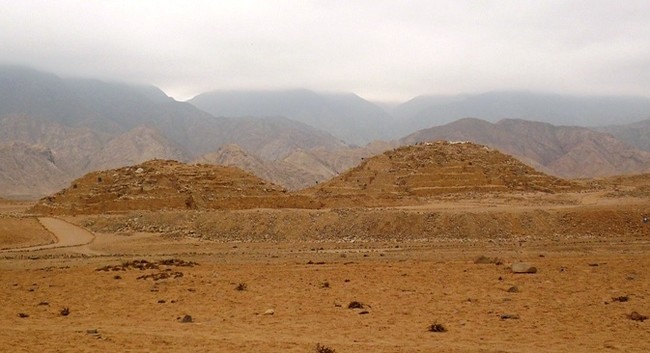
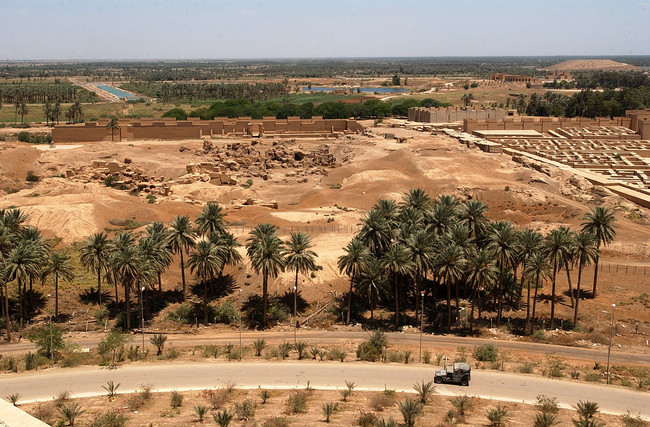
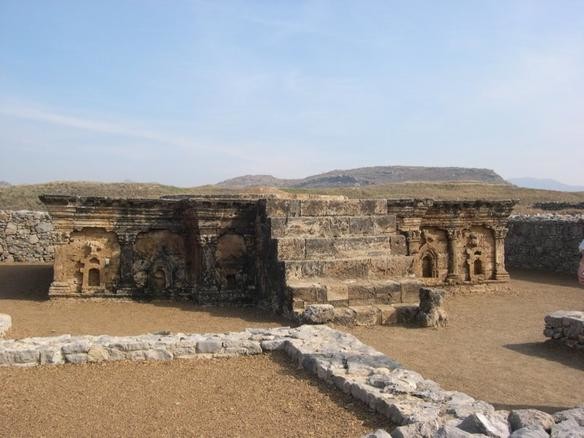
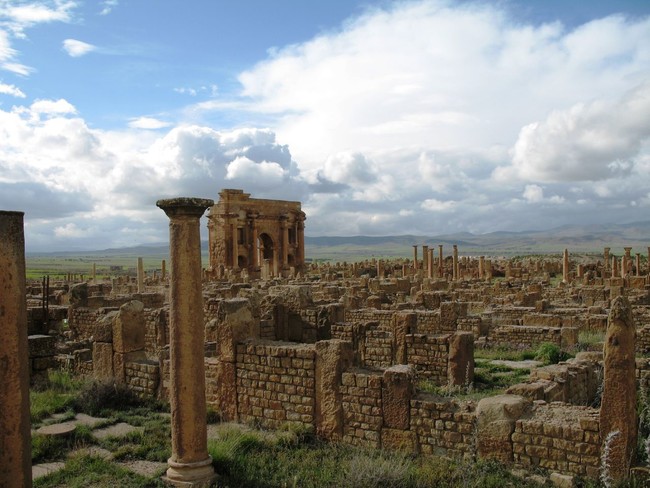
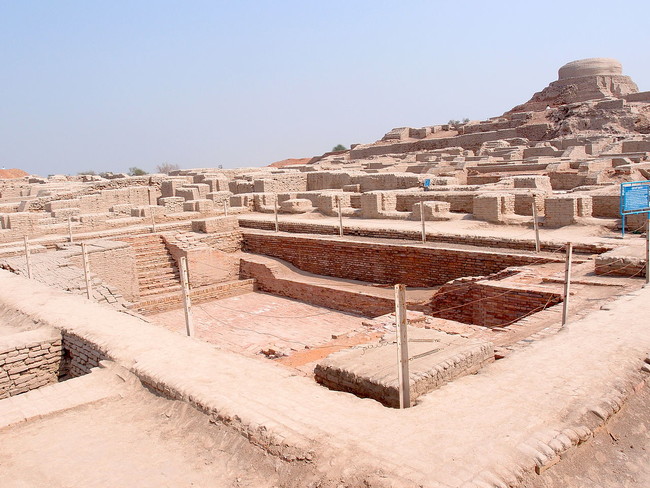
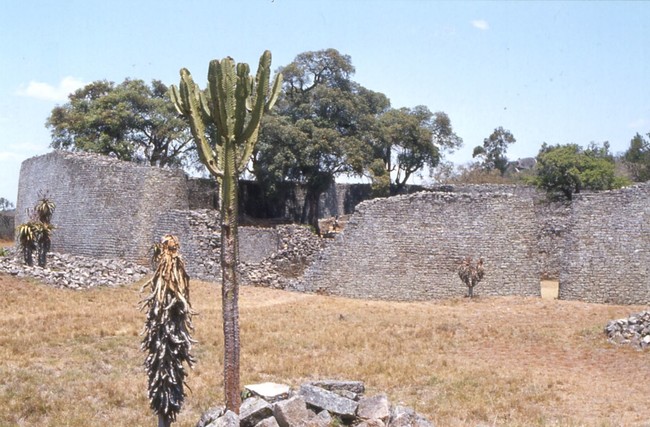
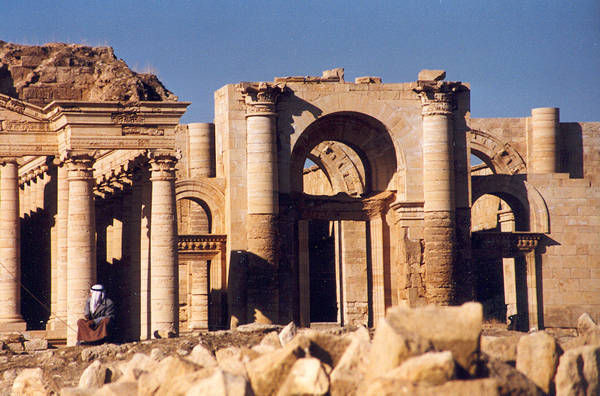
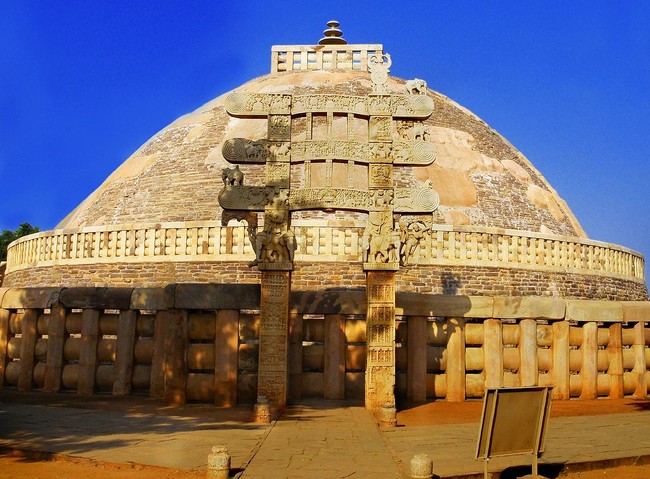
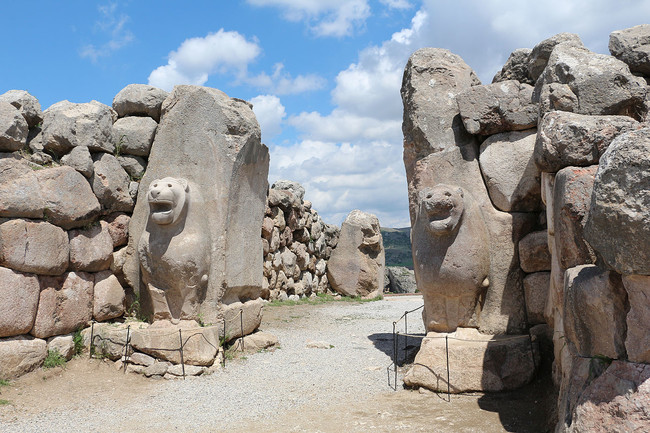
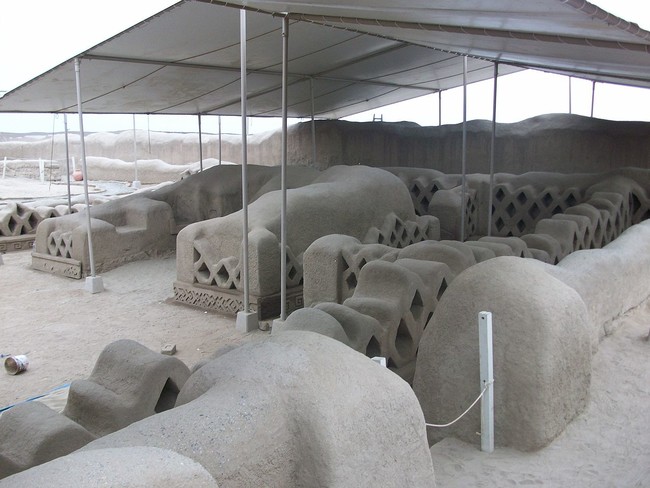
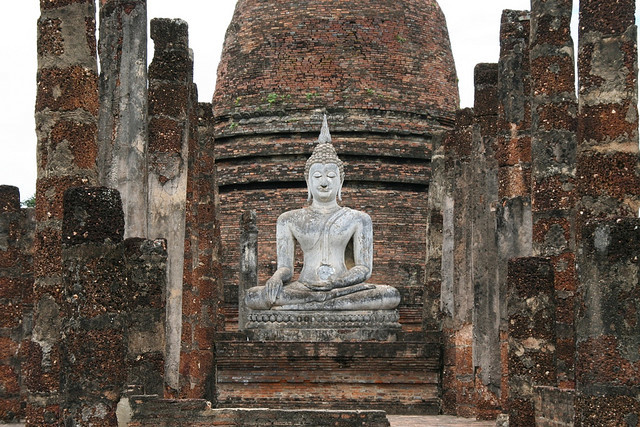
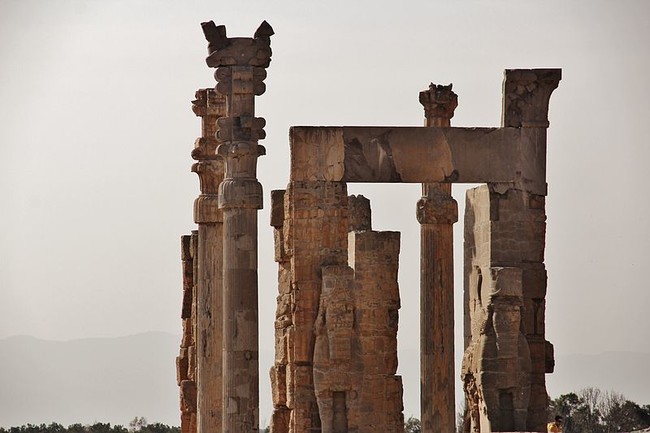
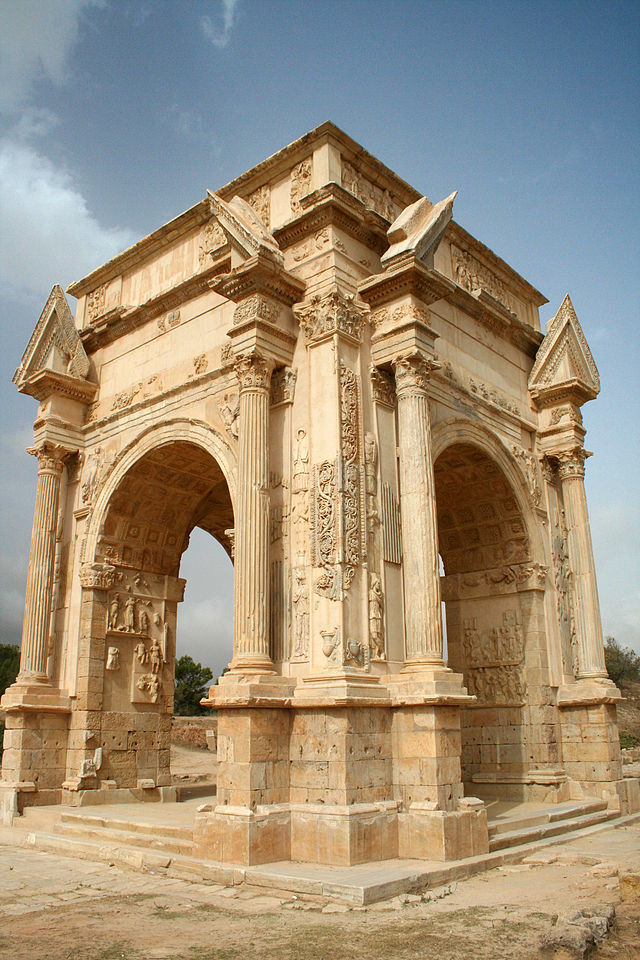
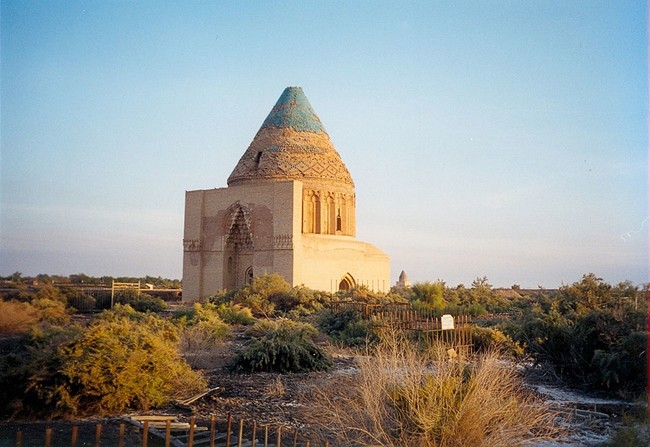
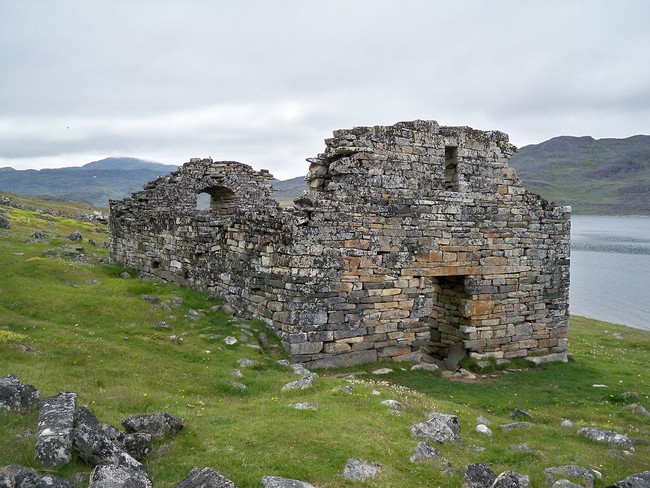
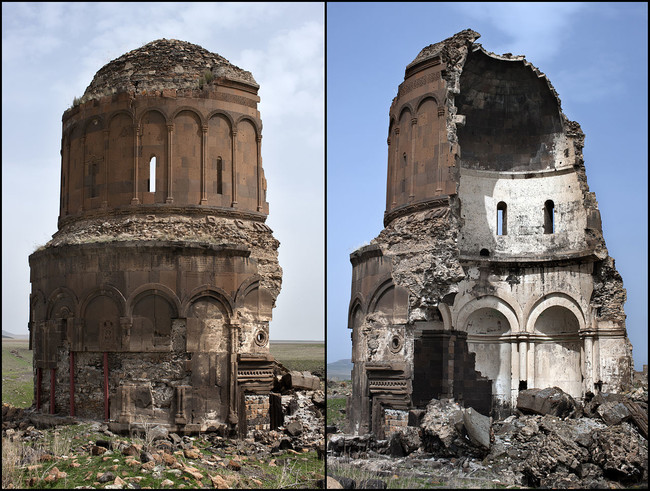
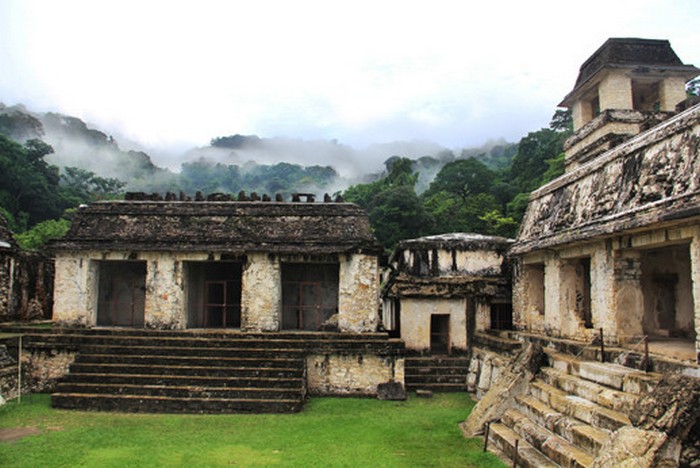
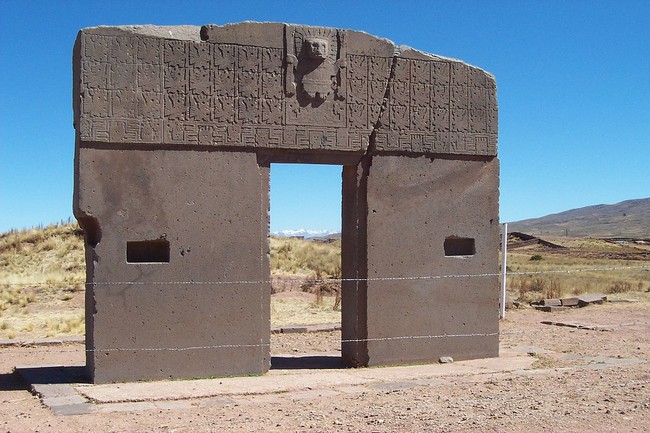
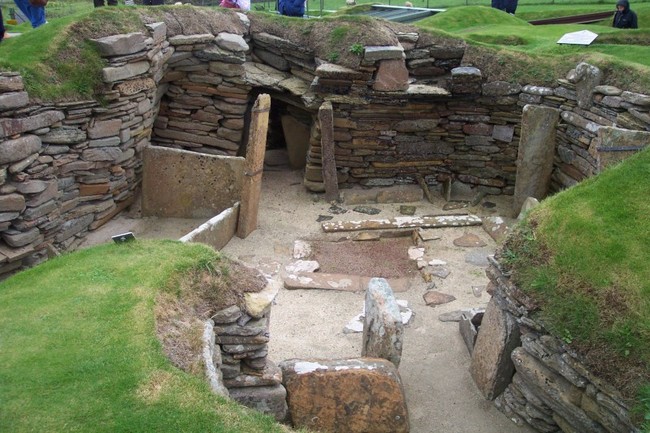









Discussion about this post